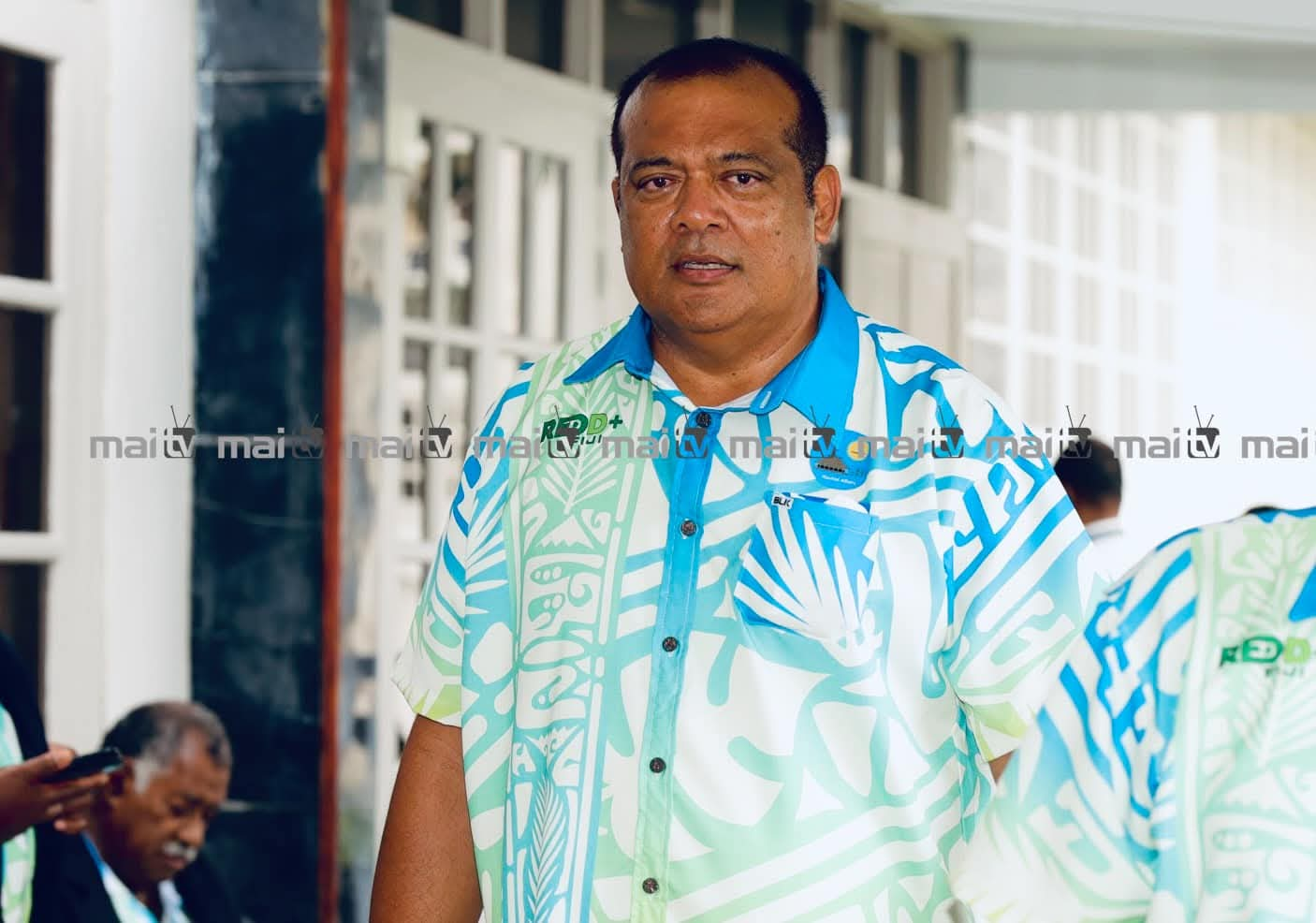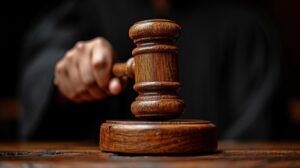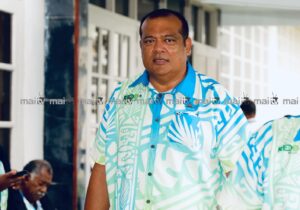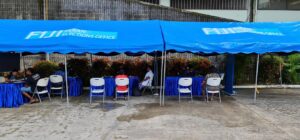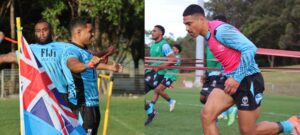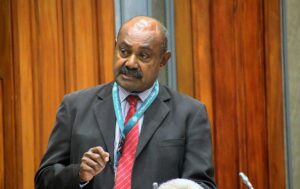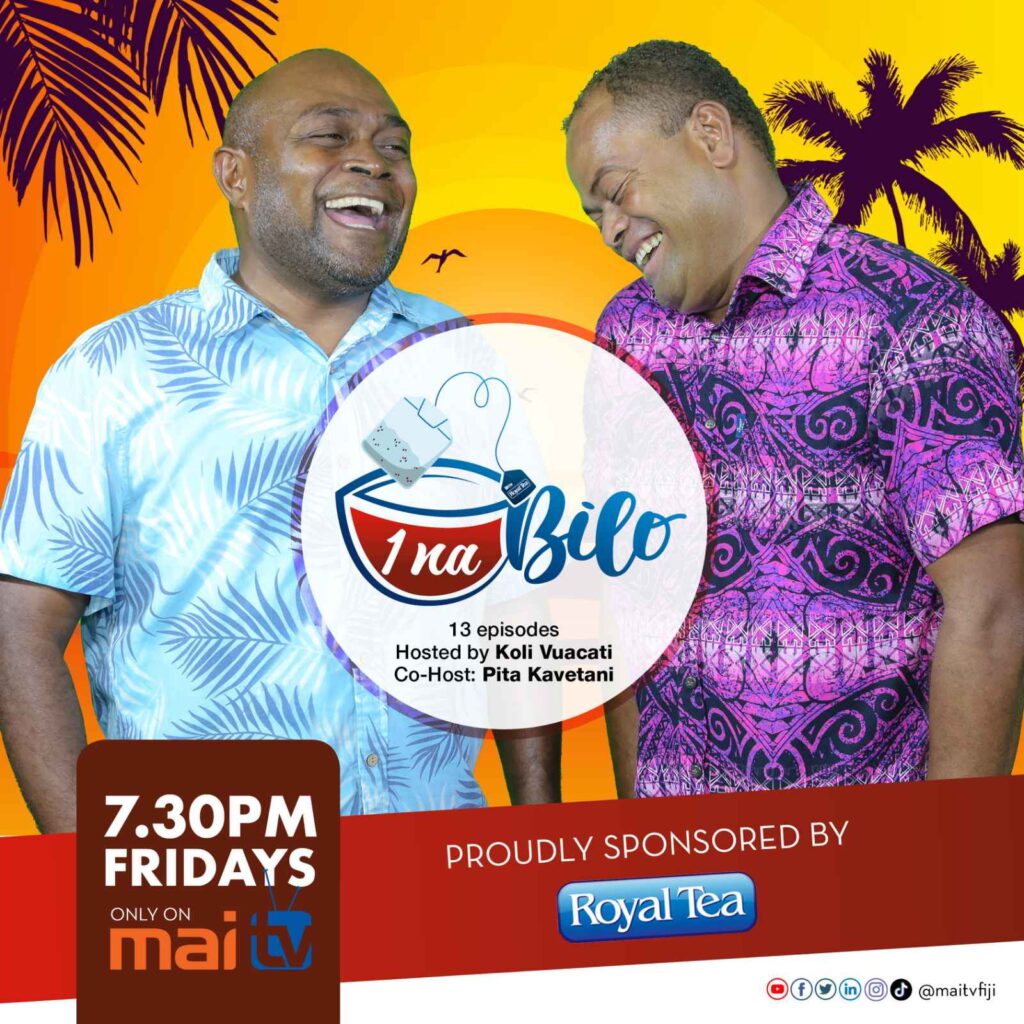As I watch the joy, emotion, immense effort and exodus of people journeying to Lau for the historic installation of Ratu Tevita Uluilakeba Mara commonly known as Roko Ului – I am reminded yet again about the twists and turns of Fiji’s history, changing political and traditional power bases, shifting alliances, and how leadership and fortunes rise and fall over time.
It is also a testament of the enduring hold of some of our eminent chiefly dynasties – and how the 2006 coup and 16 years of Bainimarama rule could not overcome over hundred years of history and tradition.
Roko Ului’s story is like one of those we read or hear about from the 17th and 18th century Fiji – one could even draw some parallels with Ratu Seru Cakobau.
A son whose father has been deposed, quietly rises through the ranks, is suspected of plotting, escapes for his life, lives with relatives in exile, waits for the right time to return, is welcomed back, celebrated and installed as chief.
When that 2006 coup took place Roko Ului was Commander 3FIR the most formidable unit in the Fiji army.
By most accounts he strongly backed Bainimarama – even as the then military head humiliated and disbanded the Great Council of Chiefs, rendering it powerless.
In the period after the takeover in 2006, Roko Ului, Driti and Qiliho were among the most feared enforcers of the military rule and getting people in line. There are some stories to tell.
They were regarded as among the most influential officers in the then Military Council, and he was seen as a fierce loyalist to Bainimarama.
Things started to change and we started to hear murmurings when Bainimarama started to listen more and more to Aiyaz Sayed-Khaiyum and the former AG started to gain more control and influence ahead of the military council.
In 2010 I accompanied Bainimarama and Roko Ului on the navy boat Kiro, the only journalist covering their then tour of the Lau group. We visited Totoya, Moala, Ono-i-Lau, Moce and Cicia. Everywhere we landed Roko Ului put on his military uniform and played subordinate to Bainimarama. All the traditional presentations were made to the military and government head Bainimarama even though Roko Ului was chief of the area and there was already talk then that he would be next in line to replace his father.
The traditional and power intricacies was interesting to watch, and even though it seemed far fetched then, there was always a sense that there was going to be more to this story.
By late 2010 he and Driti were sent on leave with the official version being that they had a lot of pending leave. We of course were hearing other things and that not everything was alright at camp.
A year later we covered Roko Ului’s arrival at the courthouse after he and Driti were charged with sedition. The relationship with Bainimarama had soured.
I was News Director at FBC in 2011 when we broke the story of Roko Ului’s escape to Tonga.
I had a moment reading some MP’s and commentators raising concern about the Tongan navy ship recently arriving in Lau bringing rootcrops and mats, wrongly alleging they did so without proper customs checks. The navy vessel had been properly cleared by relevant government agencies including immigration and biosecurity.
But the last time I recall a Tongan navy ship coming that far into Fiji waters they came as far as Kadavu, unannounced, to aid Roko Ului’s escape to Tonga. This time they are coming to celebrate his installation.
Our senior jouralist, Apisalome Coka, perhaps the best iTaukei vernacular journo I’ve ever worked with, was actually with Bainimarama on one side of the island of Kadavu, while Roko Ului escaped days earlier from the other side of the island, Nabukelevu-ira.
The first version that came out was that Roko Ului was out fishing in Ono-i-Lau, his boat broke down, he got stranded, sent out a distress call and he was rescued by the Tongan navy.
One of the first questions that came up in the newsroom and raised eyebrows was “who goes fishing from Suva to Ono-iLau?”
By then Coka had spoken to some villagers, caught on to the real story, found a place that had network, and called me from Kadavu for approval to cover it – as we were still living under Public Emergency Regulations.
He evaded and slipped away from the other media accompanying Bainimarama on the tour, jumped on a fibre boat and sped to the Nagigia resort in Nabukelevu-ira that Roko Ului stayed in before he escaped.
He had to speed to the resort, do the interviews and be back in time to rejoin the government entourage before they embarked onto their next destination.
From Coka’s interviews we discovered that Roko Ului had arrived with a European man a few nights before, stayed at Bure no.8, had a meal of shashimi, asked to go out fishing the next day, they were seen for about 2-3 hours before speeding away.
We broke the story despite the PER, because everytime MINFO called us to take down the story I told them Coka had already spoken to Bainimarama, calculating that none of them would dare check with the him or could reach him while he was on tour in Kadavu.
Coka later interviewed some fishermen from Nabukelevu-ira who said they were out fishing around midday when a Tongan navy boat with the number 203 on the side had come by and communicated with them, asking for directions.
A google search for Tongan navy boat 203 revealed it was the patrol boat Savea.
The Estonian man who accompanied him told Police Roko Ului had asked to be dropped off at a sandy beach where the Cape Washington lighthouse was located as some people would pick him from there.
The Bainimarama regime filed for Roko Ului to be extradited back to Fiji but it was always going to fail as Roko Ului spoke out about the dictatorship and abuses in Fiji. A bench warrant was issued for his arrest a week later when Roko Ului did not appear in court, but 12 years later, with a new government in place, he flew back into the country a free man.
The sands of power had shifted.
As per FBC News PM Rabuka welcomed him back at the Lau Provincial Council meeting in 2023 saying Roko Ului has been groomed academically and in the traditional space to take a leadership role in the vanua, following in the footsteps of his father and statesman, the late Ratu Sir Kamisese Mara.
I met Roko Ului by accident in Suva over a month ago and it was like he had never left, but he clearly is a man many people are looking at and watching.
He will be installed this week as Tui Nayau, Tui Lau and Sau ni Vanua ko Lau in a ceremony of traditional and historical significance that reconnects and reignites some very ancient ties and power dynasties that struggled to assert themselves over the last two to three decades.
The chiefs, Fijian tradition and system are clearly having a revival.
Two prominent chiefly titles that have shaped Fiji’s history but could not be installed while the Bainimarama government was in power – the Vunivalu of Bau and the Tui Nayau – have now been installed two years apart.
For many Fijians who felt suppressed over the last 16 years it will be a much awaited opportunity to celebrate, elevate and honour their culture and traditions.
This week will be a profound, humbling yet triumphant moment for Fiji’s much discussed and much debated chiefly system – but the real test will be seen afterwards and years from now – in how these established chiefs use the ancient power bestowed on them by their people in the modern age.
Some high standards have been left by chiefs such as Ratu Sukuna and Ratu Mara and Roko Ului has big shoes to fill.
But there is a step to every process, this is part of an ongoing bigger story, and for the province of Lau the installation this week is the biggest they have had in over half a century, and one that could shape the next few decades.

